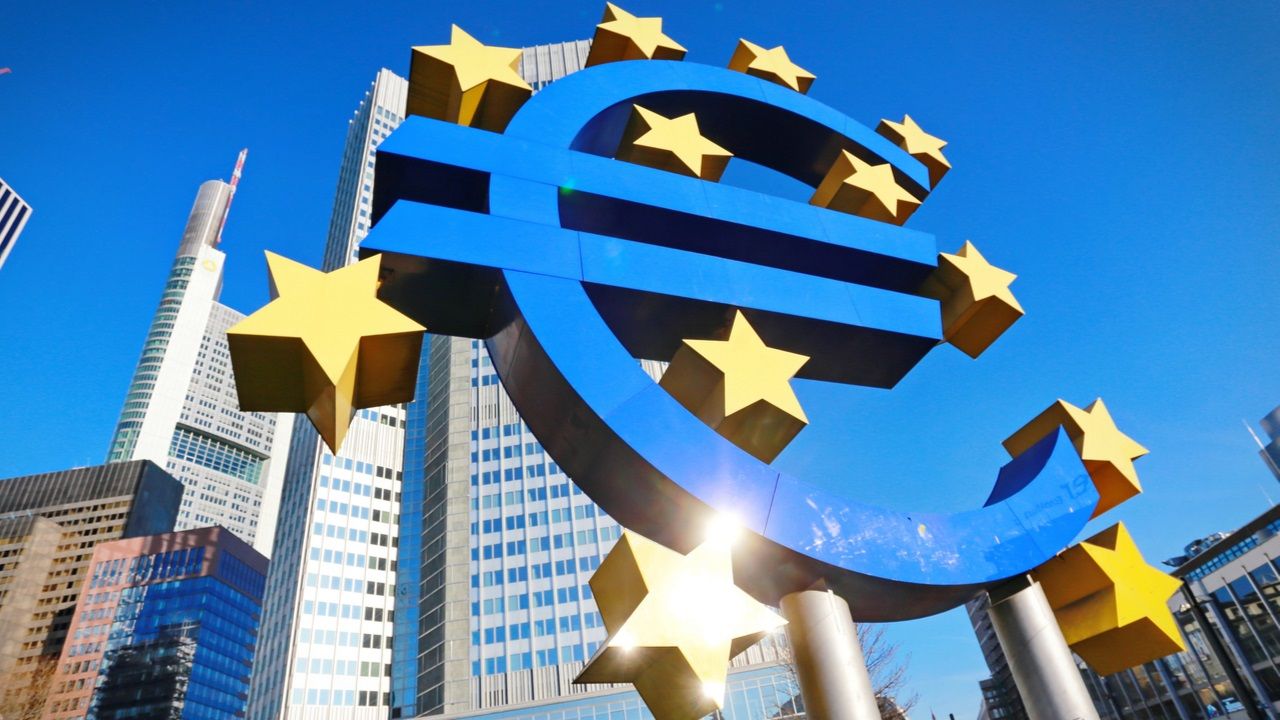According to the ECB, widespread use of the digital euro is necessary for it to succeed

The inquiry stage of the digital euro project will be finished, according to the European Central Bank, in the fall of 2023.
According to the European Central Bank, only a digital euro that is broadly adopted by European users could be deemed successful (ECB).
In a blog post written by Christine Lagarde, the bank's president, and executive board member Fabio Panetta on Wednesday, the ECB outlined important goals for the digital euro. An accompanying document outlined some fundamental design principles for a digital version of the single currency of the European Union intended for widespread usage.
"Only if the digital euro becomes a regular part of Europeans' life will it be a success. It must be more valuable than currently available options, "said the message.
The two stated in the article that it is too early to decide on design specifics, but the bank anticipates wrapping up the project's study phase in the fall of 2023.
In October 2021, the ECB began a two-year inquiry phase on a retail central bank digital currency (CBDC). The ECB launched the digital euro initiative in June 2021.
Since then, the European Commission, which is in charge of developing new law for the EU, has said that a digital euro bill will be introduced in 2023.
Apart from occasional hints that a digital euro could launch within the next four years and that the ECB would likely move to limit the amount in circulation to 1.5 trillion euros ($1.5 trillion) to control potential negative effects on financial stability, the ECB has remained largely mum about the specifics and results of its experiment.
The digital euro, according to Lagarde and Panetta, is meant to be used as a method of payment rather than an investment.
Otherwise, too many commercial bank deposits may be transferred to the central bank, which would make it harder for banks to lend money to individuals and businesses and might even cause tensions in the banking system during periods of financial hardship, according to the article.
The research stated that while it is too soon to describe the design components of a digital euro, several objectives are evident.
According to studies, customers prioritize widespread acceptability, the convenience of use, cheap costs, fast speed, security, and consumer protection the most. "First, a digital euro must react to its users' requirements," the authorities added.
People who now have limited access to digital payments should also gain from a digital euro, according to the paper.
The argument in favor of a digital euro was also made by the government.
"The introduction of a digital euro would ensure that people may continue to have faith in the currency serving as the foundation for their digital transactions. It would defend the strategic independence of European payments and monetary sovereignty while offering a backup plan in the event that geopolitical tensions rise, "They composed.